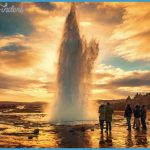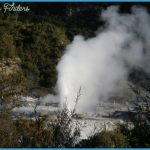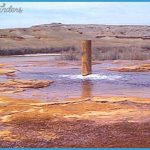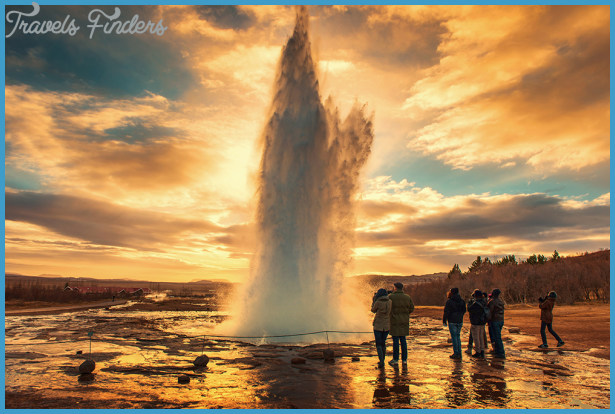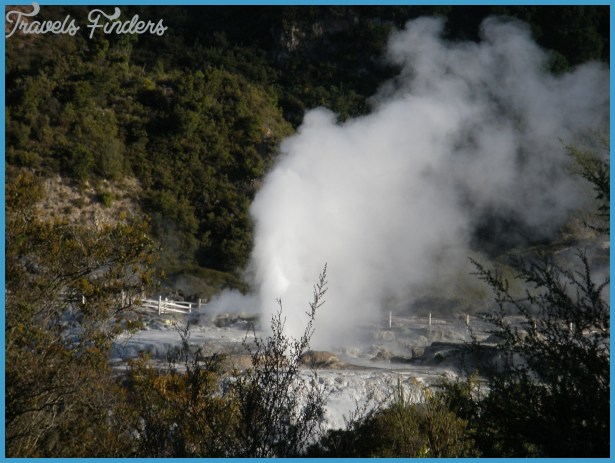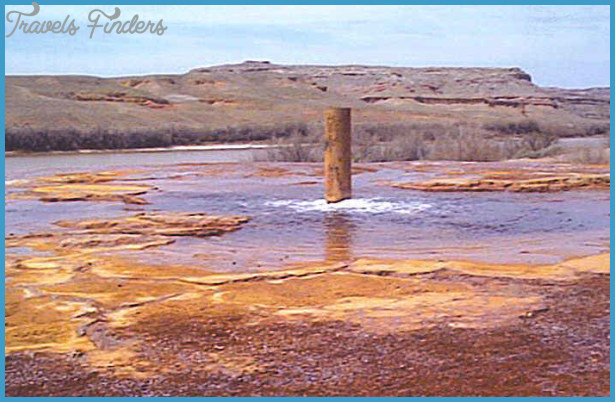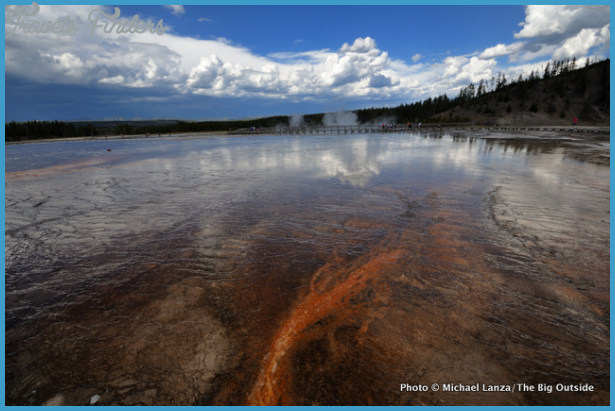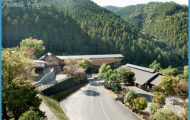There is no drinking water available at any point on these trails. The only restroom is a chemical toilet near Morning Glory Pool. Stay on the walkways and watch children vigilantly; the water is hot and the crust near the hot springs and geysers is thin and brittle. Do not touch the water, since you can be scalded at 120°F (49°C) and the temperature in these pools and geysers ranges from 142° to 205°F (61-96°C). Planning your geyser walk Here are some ways to visit the geysers: 1. Join one of the ranger-interpreter led tours (1.5 or 2 hours long) listed in the Yellowstone Today newspaper you receive as you enter the park. 2.
If you have only an hour or two and prefer to be on your own, walk around the Geyser Hill loop. This walk’s first half is described below as Geyser Route One, and its return is described from 97 (C) to 98. 3. If you have half a day or so, check the visitor center for predicted geyser eruption times, then follow one of the geyser routes described here to try to catch one or more eruptions and see other features on the way. Castle, Grand, Riverside, and Daisy geysers put on rewarding shows.
Unfortunately, Grand Geyser may require a long wait, because its eruptions can only be predicted to within about a 4-hour span. Take books and games to entertain yourself while you wait! 4. A tour for true geyser lovers can be taken by those who have one or several days to spend. Wait for one or more of the predicted geyser eruptions, linger over your favorite parts of the basin, or extend your walk to Observation Point, Solitary Geyser, Black Sand Pool, or the extension of the trail beyond Morning Glory Pool. 5. To stay away from crowds, tour the basin at 7 or 8 AM or during the last daylight hours in the evening. These can be wonderful times for picture taking. An early morning stroll around Geyser Hill yields this view of Upper Geyser Basin and Old Faithful Inn.

